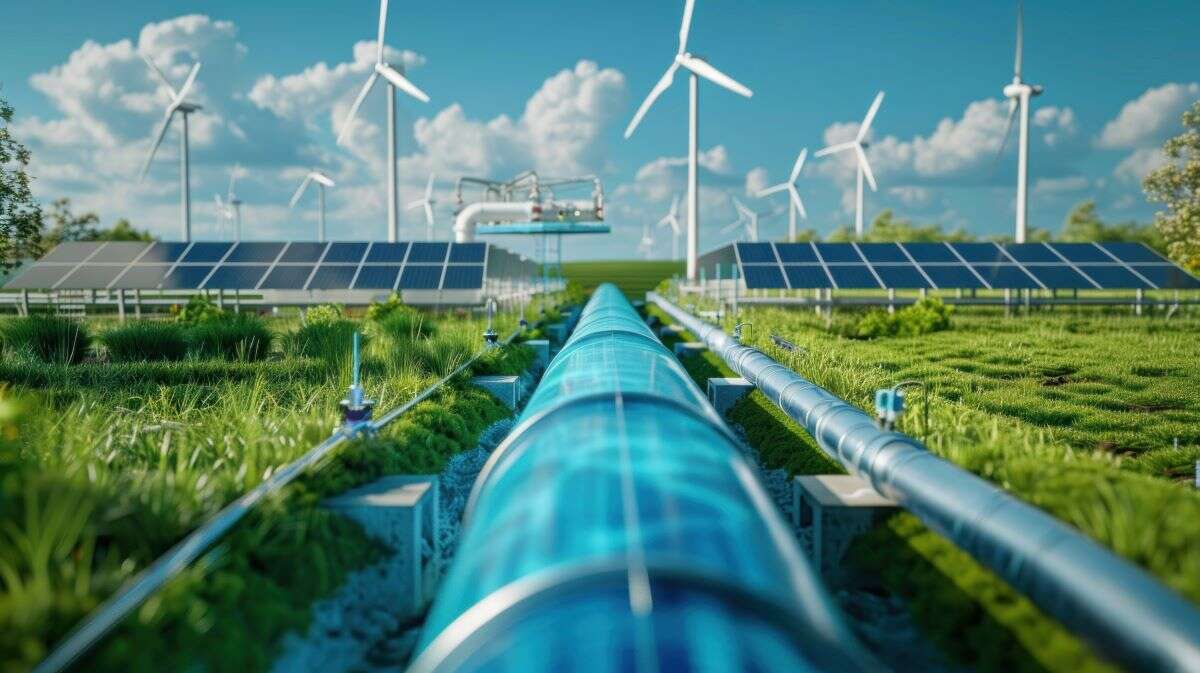India’s National Green Hydrogen Mission (NGHM) represents a bold step towards establishing the country as a global leader in green hydrogen production and export. With an initial outlay of Rs 19,744 crore (approximately $2.4 billion), the mission aims to produce 5 million tonnes of green hydrogen annually by 2030. However, when compared globally, India’s funding and policy framework face significant challenges in matching the scale and competitiveness of other major players like the US, EU, China, and Gulf nations.
India’s Green Hydrogen Ambitions and Funding Landscape
India’s NGHM is designed to leverage the country’s abundant renewable energy resources to produce green hydrogen-hydrogen generated using renewable electricity through electrolysis, which emits zero carbon emissions. This aligns with India’s broader climate goals and energy transition ambitions.
-
Funding Outlay: Rs 19,744 crore (~$2.4 billion)
-
Production Target: 5 million tonnes of green hydrogen by 2030
-
Current Progress: Expected production by 2030 is around 500,000 tonnes, only a tenth of the target, due to limited project momentum and funding gaps.
Global Comparison: Funding and Competitiveness
Experts highlight that India’s funding is significantly lower than other regions:
-
US: Funding is about 5 times higher than India’s.
-
Gulf Nations: Combined funding is approximately 20 times greater.
-
China: Allocates $6.7 billion with more competitive hydrogen production costs.
Ravi Shekhar, Founder & MD of Eninrac Consulting, notes that India’s current funding will likely be short by nearly 75% by 2030 if the country wishes to compete globally, especially in exports. The Gulf nations and China benefit from state-backed capital and ultra-cheap renewable energy, giving them a competitive edge.
Challenges Hindering India’s Green Hydrogen Growth
-
High Electrolyser Costs: India lags behind China in electrolyser manufacturing, which raises production costs.
-
Modest Incentives: India offers subsidies of only $0.3 to $0.5 per kg of green hydrogen, whereas the US and EU provide $3 to $4 per kg, making their production costs much lower.
-
Export Infrastructure: India’s ports and export agreements are underdeveloped compared to Australia, Oman, and Gulf nations, which are actively signing offtake deals and building ammonia export infrastructure.
-
Financing Gap: Only about 5% of Indian green hydrogen projects have secured financing, compared to over 60% in the US and EU.
-
Policy and Demand Uncertainty: Lack of firm mandates for domestic sectors like fertiliser and petroleum refineries limits guaranteed demand, affecting project viability.
Opportunities and Strategic Advantages
Despite challenges, India has significant advantages:
-
Competitive Renewable Energy Costs: India’s solar and wind energy costs are among the lowest globally, providing a strong foundation for green hydrogen production.
-
Subsidy Flexibility: Indian subsidies do not restrict the geographic use of hydrogen, allowing projects focused on exports to benefit.
-
Potential Cost Reduction: BloombergNEF analysts predict India will narrow the cost gap with China by 2030 and achieve parity by 2040, potentially producing green hydrogen below $2/kg.
The Global Green Hydrogen Market Outlook
The global green hydrogen market is currently experiencing a slowdown:
-
Project Cancellations: 35 projects were cancelled worldwide in 2024, up from 6 in the previous year.
-
Investment Decline: Global clean hydrogen investments halved in 2024.
-
Geopolitical and Policy Uncertainty: Tariff disputes and reduced policy momentum in the US and EU are cooling demand.
Despite this, India ranked fourth globally in clean hydrogen project financing in 2024, signalling growing investor interest.
Recommendations for India’s Green Hydrogen Strategy
To realise its ambitious targets and become a competitive global player, India needs to:
-
Increase funding and incentives to match a fraction of global peers, especially to reduce production costs.
-
Boost electrolyser manufacturing to lower capital costs.
-
Develop export infrastructure and establish binding export agreements.
-
Implement firm demand mandates in key sectors.
-
Enhance financing mechanisms for project acceleration.
Conclusion
India’s National Green Hydrogen Mission is a visionary initiative with the potential to transform the country’s energy landscape and position it as a global green hydrogen hub. However, to compete with countries like China, the US, and Gulf nations, India must significantly increase its funding, improve cost competitiveness, and build robust infrastructure and policies. With strategic investments and policy reforms, India can leverage its renewable energy strengths to meet its ambitious targets and contribute meaningfully to the global clean energy transition.
Disclaimer
The information provided in this article is for general informational purposes only. While efforts have been made to ensure accuracy, no guarantee is made regarding the completeness or reliability of the content. Readers are advised to consult official sources or professional advisors before making any decisions based on this information.















